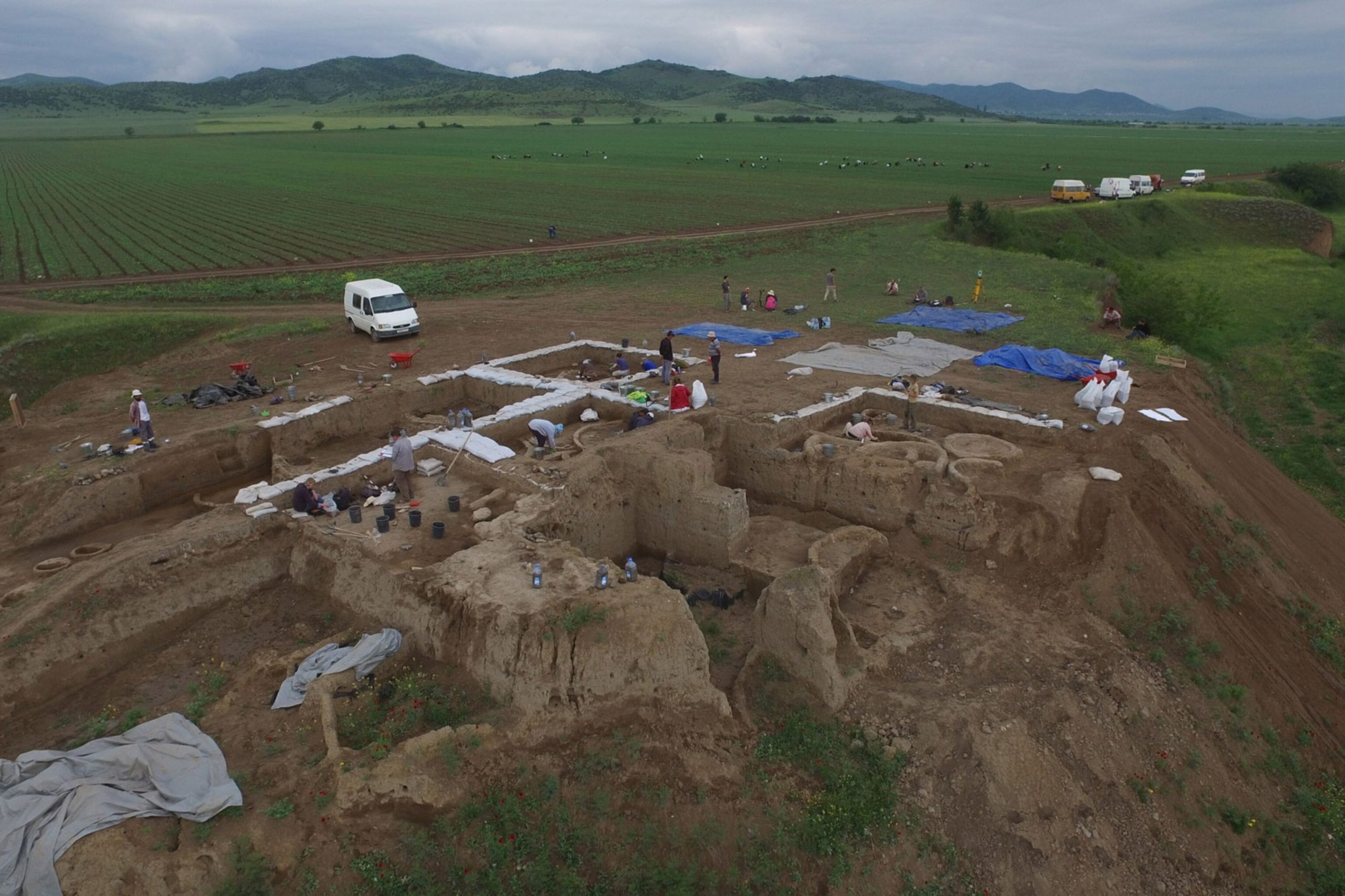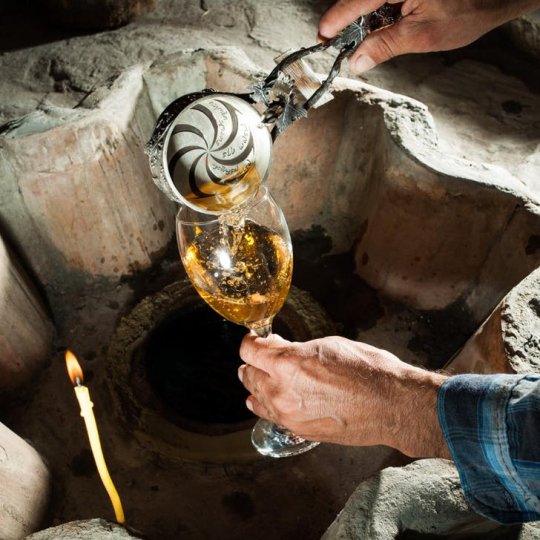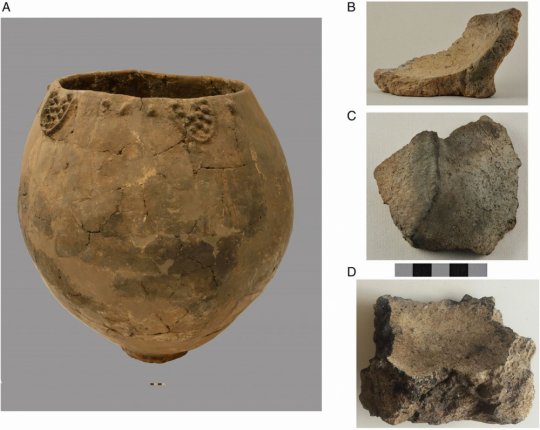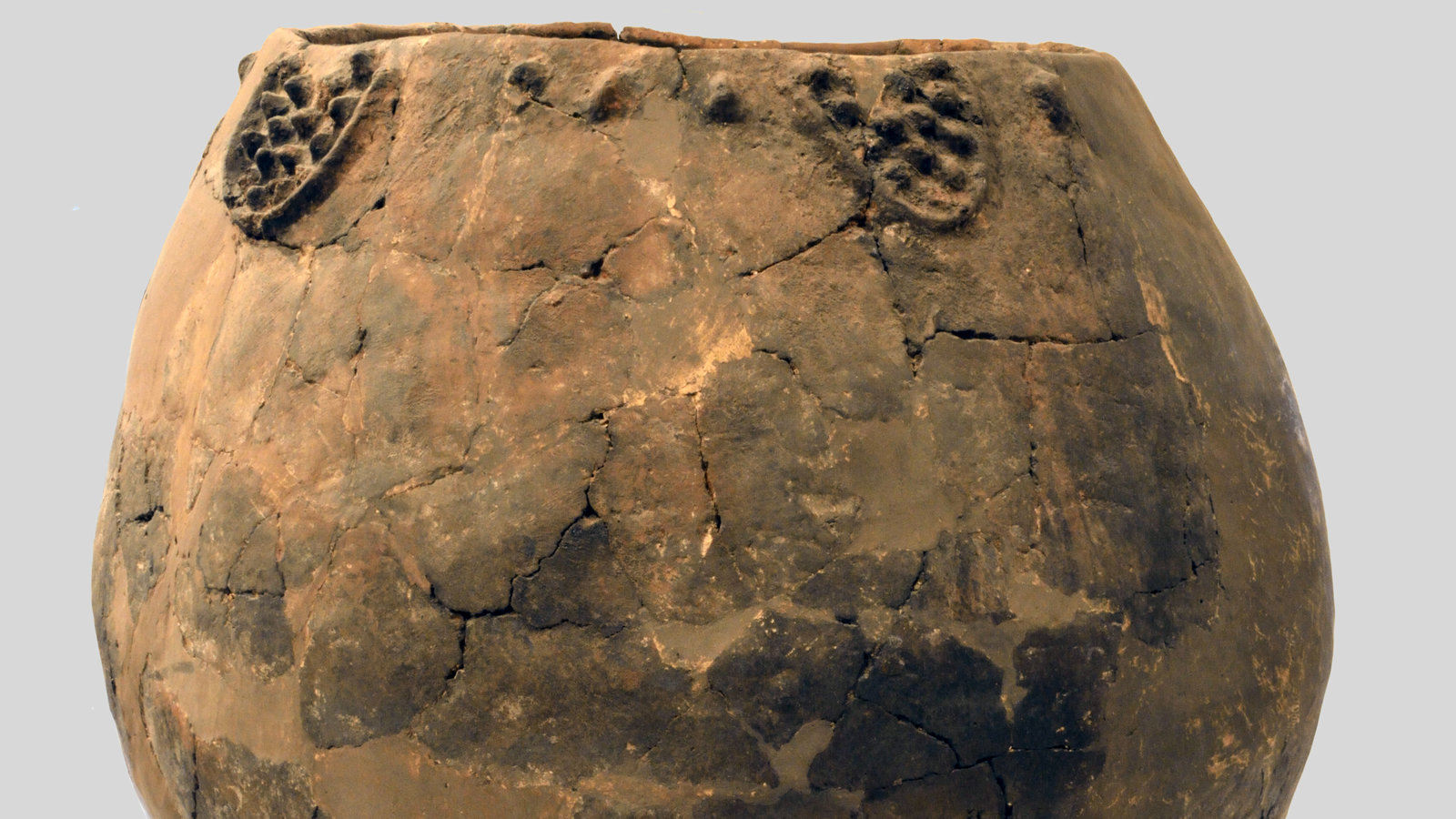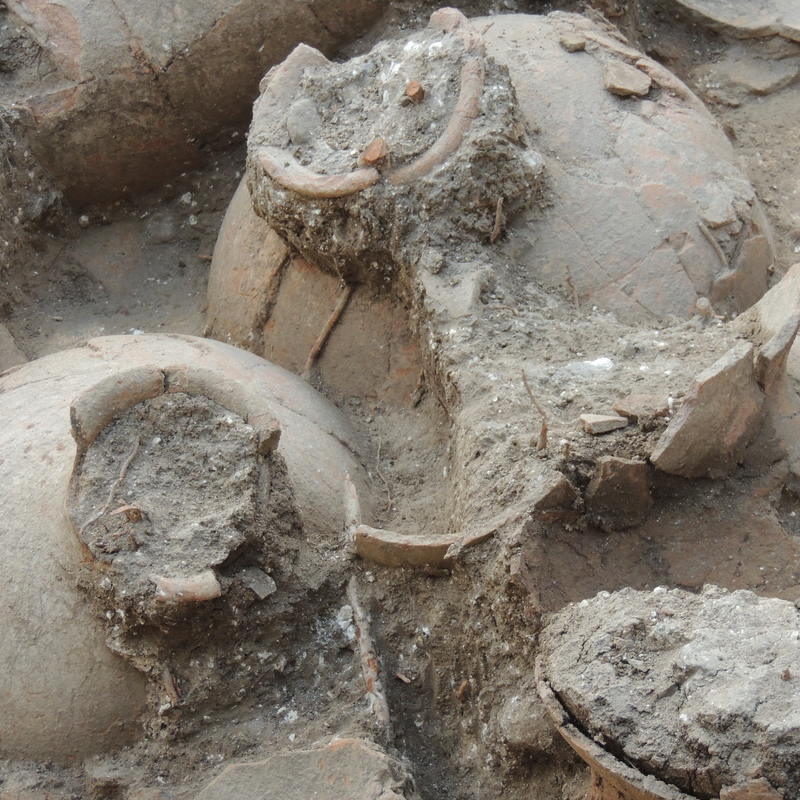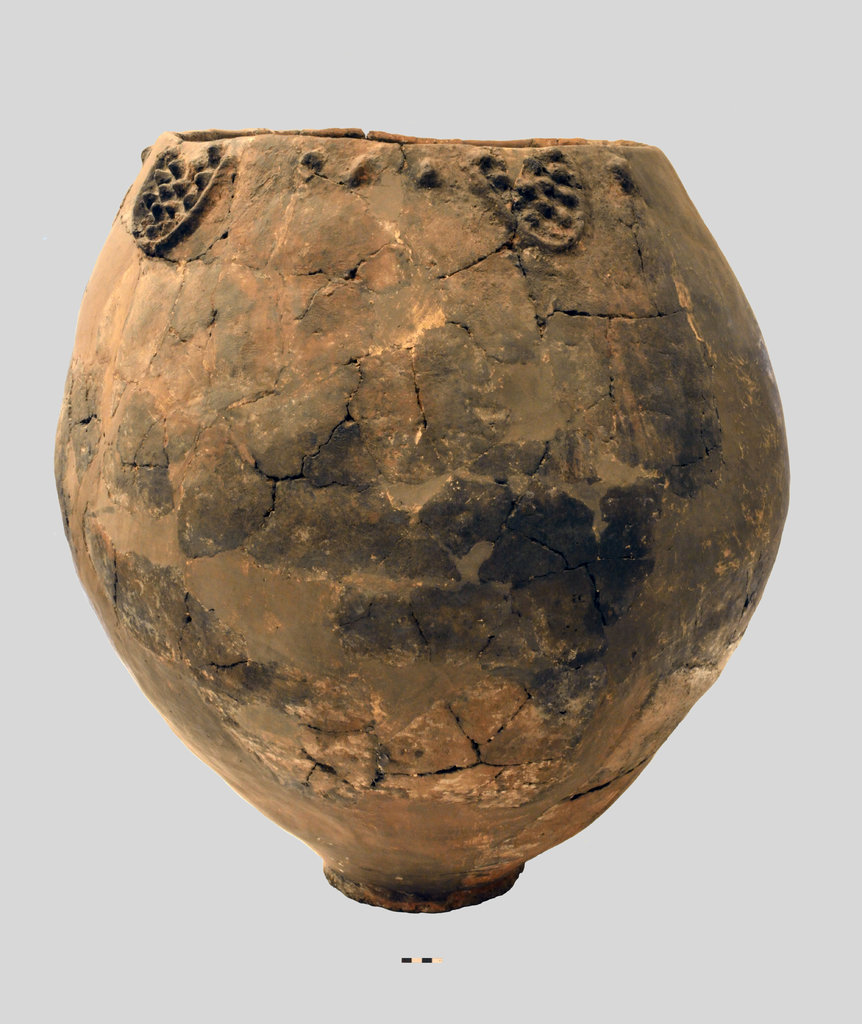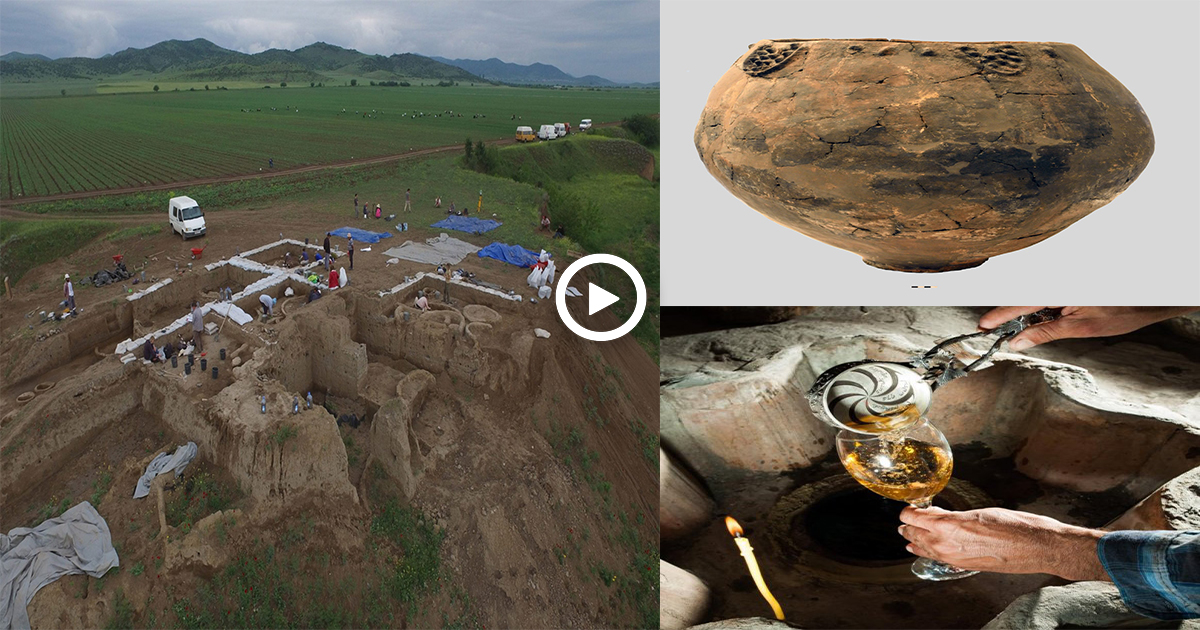Wine Was Around 8.000 Years Ago IF You Are A Wine Connoisseur.
An international team of archaeologists has discovered that the Stone Age farmers who lived near Tbilisi, Georgia 8,000 years ago were the world’s first known winemakers. The site, known as Gadachrili Gora, was excavated, and broken pottery, including large jar bases, was discovered embedded in the floors of the village houses. The presence of tartaric acid, a chemical fingerprint of wine residues, was found in the pottery fragments, indicating that people in Gadachrili Gora were producing wine on a large scale as early as 6,000 B.C.
The chemical analysis, when combined with the grape decorations on the pottery, grape pollen in the soil, and radiocarbon dates, provides evidence that Stone Age farmers were the world’s first winemakers. The absence of grape seeds or stems in the soil suggests that the wine was made in the nearby hills, close to the vineyards. The absence of tree resin or other preserving agents in the wine suggests that these were early experiments in winemaking and that the wine was produced and consumed seasonally, before it could spoil.
The find sheds new light on the Neolithic period, when humans first learned to farm, settle down, and domesticate crops and animals. The findings show that just a few thousand years after the first domestication of wild grasses, the people of Gadachrili were producing wine. The evidence demonstrates how resourceful humans were in learning the art of fermentation and improving the production of Vitis vinifera, the European grape.
Georgia has a rich wine culture, with over 500 local grape varieties, a testament to the area’s long history of grape growing and breeding. Georgian wine culture has deep historical roots, as evidenced by large jars resembling Neolithic vessels that are still used to make wine today. The findings indicate that Stone Age people led complex, sophisticated lives with interests other than basic survival.
The archaeologists and specialists hope to identify the modern grape variety that is most similar to what grew near the Gadachrili village and plant an experimental vineyard nearby to learn more about prehistoric winemaking. Further excavation of the site may reveal even older layers, revealing more about the history of winemaking and the sophistication of Stone Age societies.
Hits: 0
